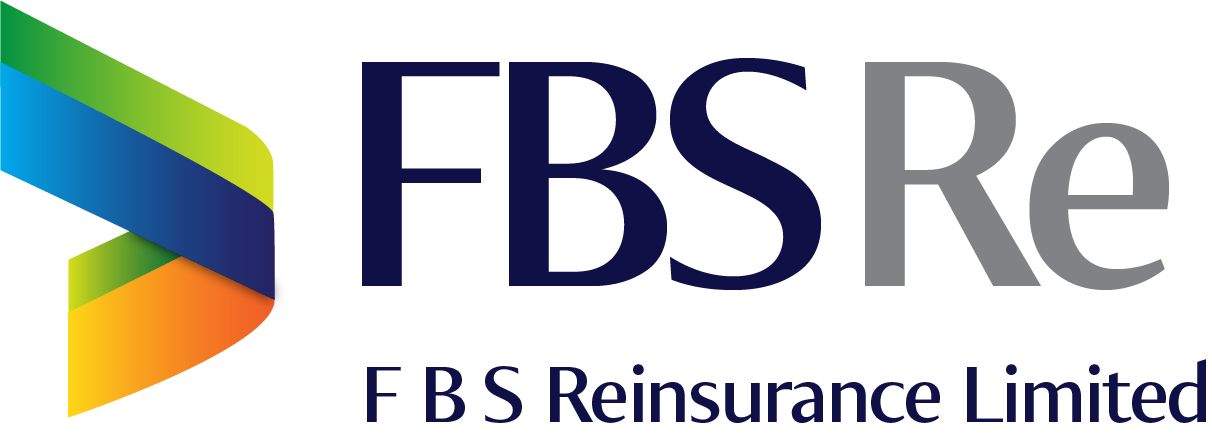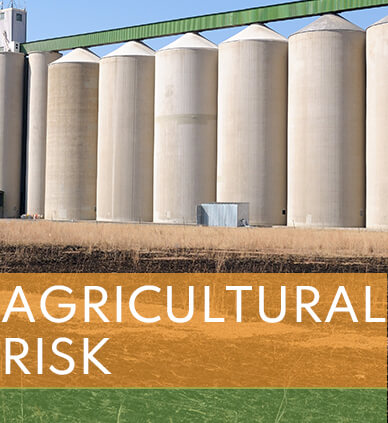Insurability of Agricultural Risks
Insurability of Agricultural Risks
Agricultural insurance covers systemic risks such as drought, cyclone, epidemic diseases and wildfires, which have the potential to cause large-scale losses and make risk trans-fer for insurers to reinsurance and capital markets a necessity. Further, loss distributions of agricultural risks are often non-stationary and require special statistical treatment. Adverse selection has been a key issue in agricultural insurance and has been addressed through government premium subsidies to increase the affordability and penetration of insurance, improved methods to determine premium rates through risk classifica-tion, and the introduction of waiting periods before covers incept. Moral hazard is typically addressed through loss-sharing structures, increased monitoring and multi-year policies Read more “Insurability of Agricultural Risks”

























